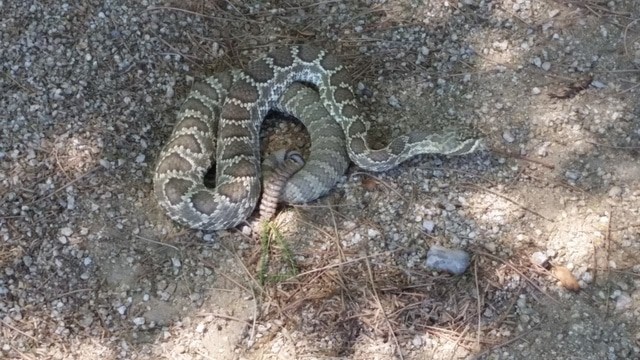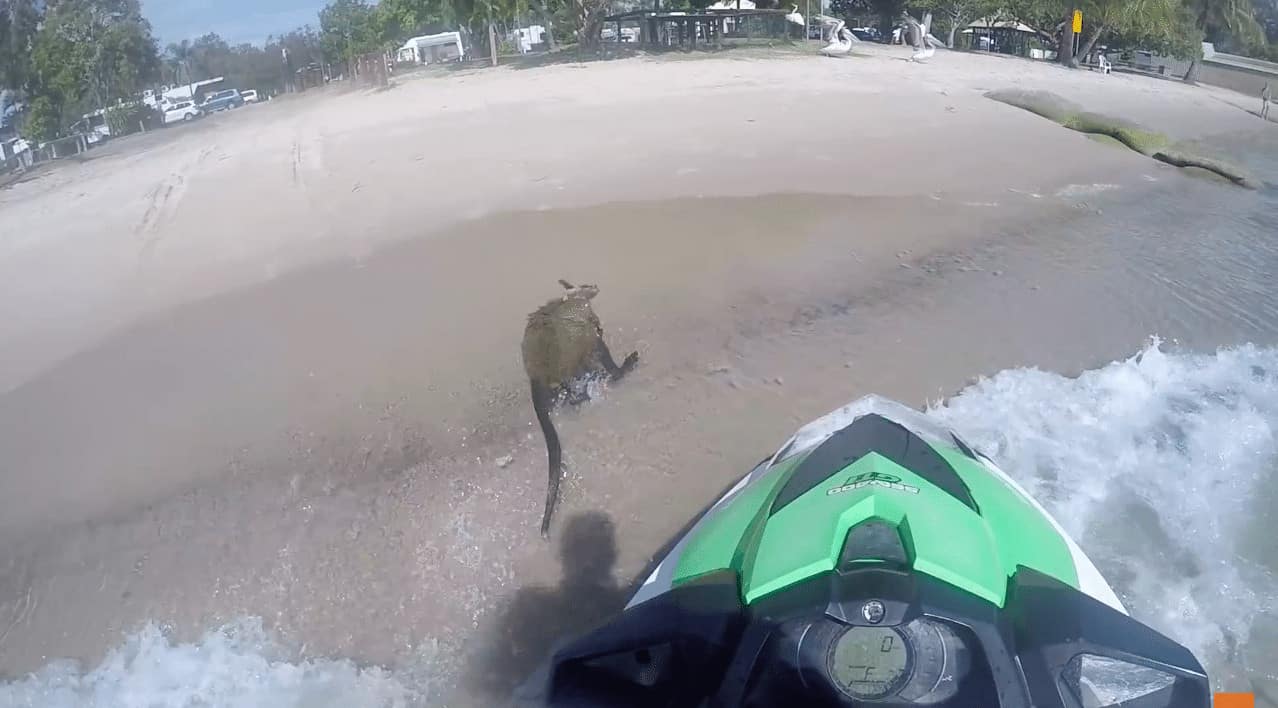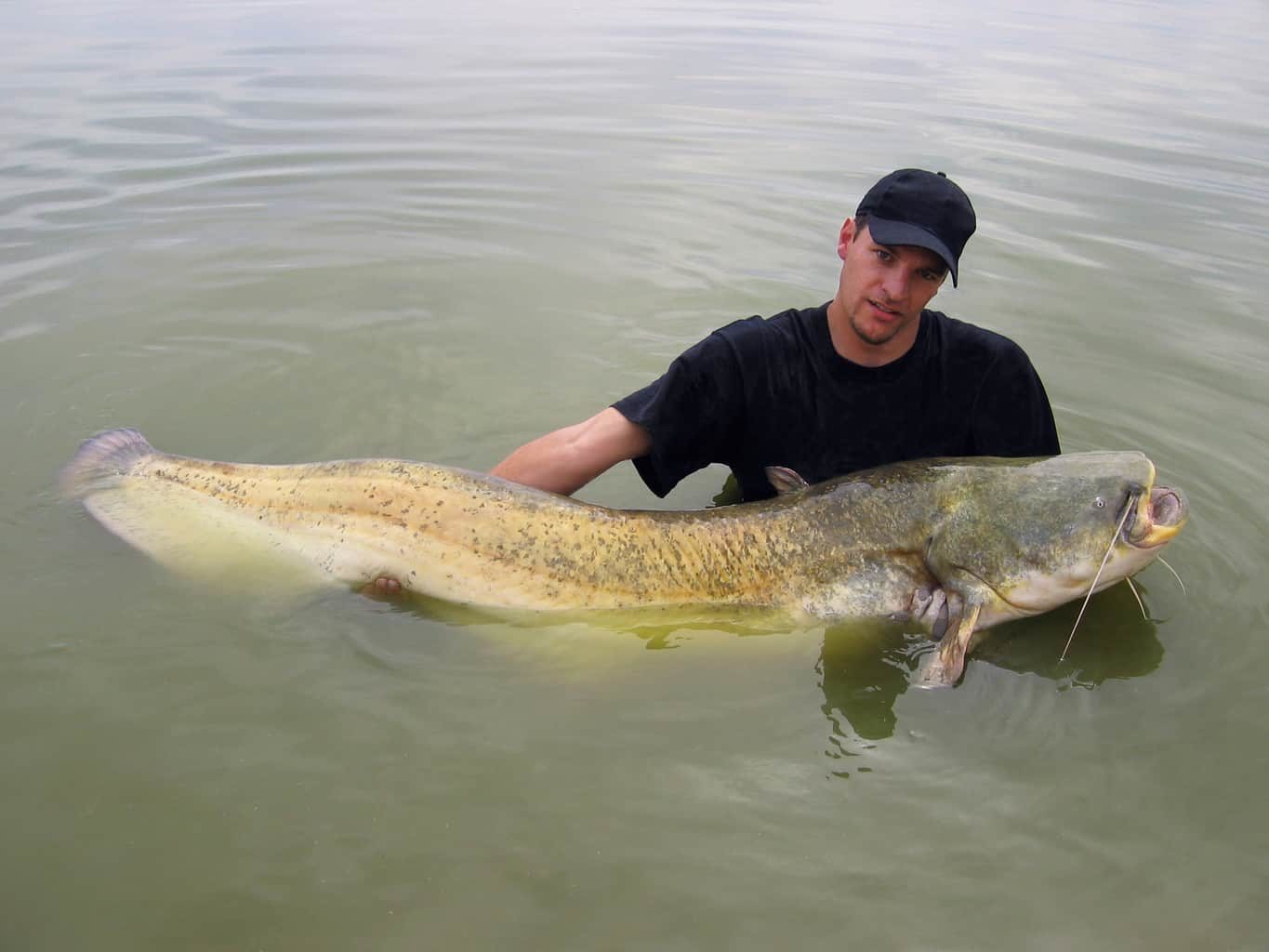
Few things are more enjoyable than watching a good bird dog at work.
It’s amazing to watch them as they systematically search through brush and other cover with nose to the ground. Though their purpose is to find birds, hunting dogs occasionally find something a little less pleasant hiding in the brush. The problem is you generally won’t know it is hiding there until it rattles a warning or bites your dog.
Rattlesnakes are simply part of living and hunting in the Southwest. They aren’t waiting behind every bush to ambush a hunter or his dog, but the more time we spend outdoors, the higher the chances are that our paths will eventually cross. This is especially true of dogs who lead with their head.

“The most common place they get bit is the head, the ears and the front legs because they are always down there sniffing the snake to know what it is,” said Dr. Jed Topham of American Pet Hospital in Las Vegas.
Sometimes the dog will yelp, sometimes he won’t. Sometimes the snake will hold onto the dog, most of the time it probably won’t. So you won’t always know right away that the dog was bitten. Something to watch for is a sudden change in behavior.
“Especially if your dog is normal one minute and the next time you see him there is something not normal,” Topham said. “He’s pawing at his face and he’s swelling, and he’s red, and he’s yelping, or he’s just not acting right, I would give him a good look over.”
You can’t always tell when a dog has been bitten because it is hard to find the injection site. There may not even be much blood. Just the aftermath, such as collapsing and convulsing, and hemorrhaging spontaneously from the nose and orifices.
When you see your dog get bit or you recognize some of the signs, the first thing you should do is end your hunt, then control your dog, Topham said.
“I wouldn’t let him do a lot of running around,” he said. “I’d keep their blood pressure down as much as you can, and I would get to a veterinary facility as quick as you can. It’s hard to do if you are up in the hills somewhere, but you’ve got to do it.”
As with human beings who have been bitten by a rattlesnake, you don’t want to apply a tourniquet, but you do want to limit blood flow in the bite area. Topham recommends using ice or a cool pack. Heat is your enemy, he said.

Don’t waste time trying to catch the snake. It will increase your chances of being bitten, and that won’t do anybody any good. Topham said he doesn’t need to know the specific rattlesnake species that inflicted a bite to treat the dog.
Once at the veterinarian’s office, you will have decisions to make.
“At that point, we can try and get some anti-venom into them, and hopefully that will help,” Topham said. “It does help in a lot of cases. The problem is it’s expensive, and a lot of times it can take more than one dose to get a dog treated. In some cases, two, three or four vials of that stuff to treat a dog. And that’s our best chance at staving off long-term complications from the snake bite.”
Your vet will suggest a course of treatment, but ultimately the choice is yours.
“It comes down to the owner and cost, and availability of product,” Topham said. “Here in Las Vegas, we have a couple of facilities that carry it (anti-venom) and can get it for us, but having said that, they don’t always have it.”
When that happens, “You’re left with supportive care of IV fluids, antibiotics and time to see how things are going to go.”
Whatever you decide, you can expect your dog to spend a minimum of 24 hours in the hospital. You also will need to be prepared for side effects of the bite, such as sloughed skin, scarring and possible disfigurement because of tissue damage. Expect a long road to recovery.
“The best thing is to teach your dog to stay away from them. That’s the easiest and best thing,” Topham said.
That can be done by sending them to snake aversion training.
Article via Review Journal







